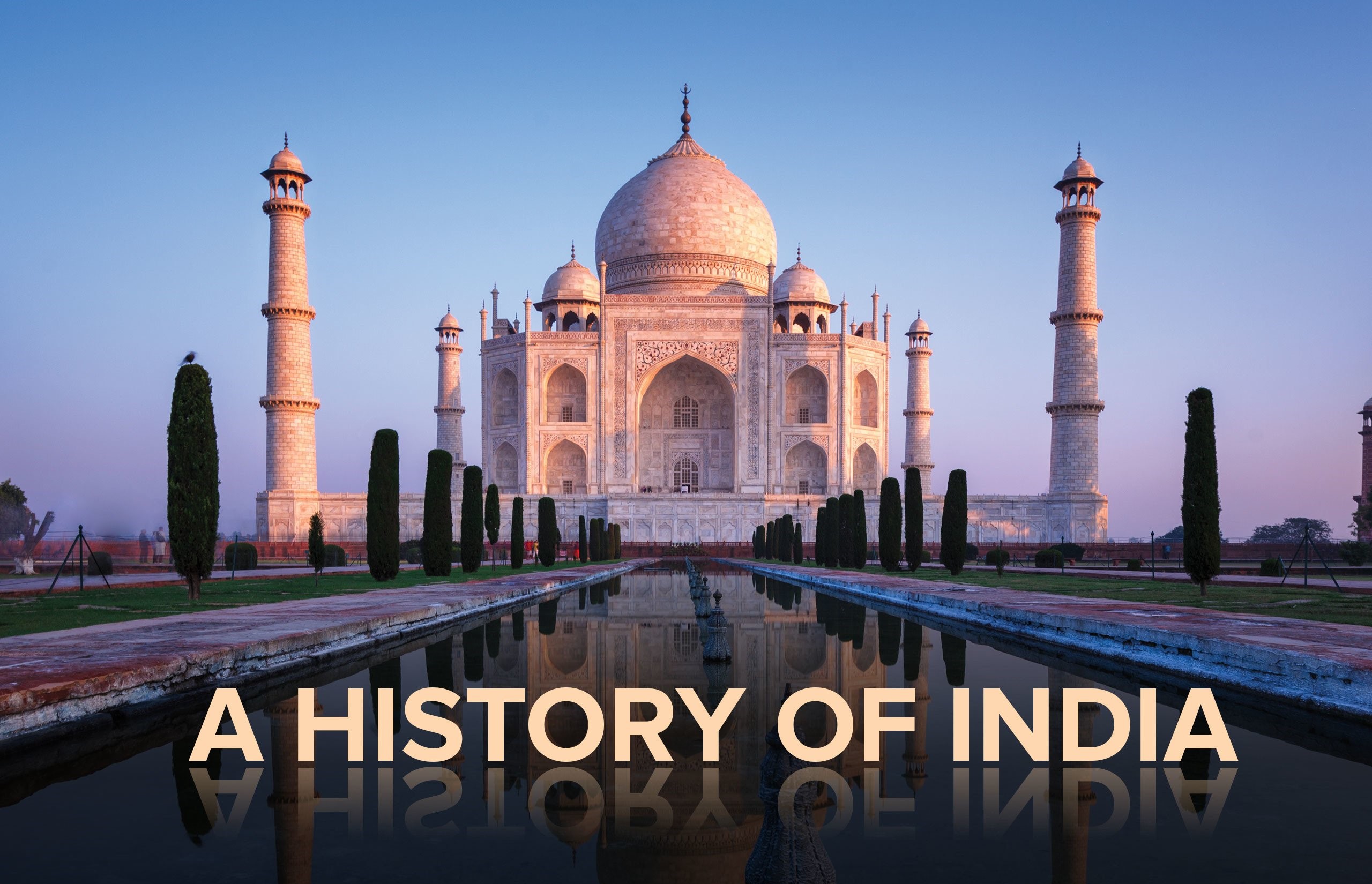Early Vedic Period
(1500 BC-1000 BC)
Rig Vedic/Early Vedic Period (1500 BC-1000 BC)
» Rig Veda is the only source of knowledge for this period
» From the names of rivers mountains (Himvant, i.e. Himalaya, Munjavant i.e. Hindukush) and ocean in Ring Veda we have a clear idea of the geographical area which Rigvedic people live.
» Rig Veda mentions 40 rivers. The Nadisukta hymn of the Rig Vedamentions 21 rivers which includethe Ganges in the east and theKubha (Kabul) in the west.
» Rigvedic people, who calledthemselves Aryans, were confinedin the area which came to known as Sapta Sindhu i.e landof the seven rivers. Sapta Sindhu comprises Sindhu and their fivetributaries - Vitasta, AsikaniVipas, Parushni & Sutuadri and Sara swati.
» According to the Rig Veda, the most mentioned river—Sindhu, the most pious river—Saraswati, mention of the Ganges-1 time, mention of Yamuna-3 times.
The Dasrajan War (The Battle of Ten Kings)
According to Rig Veda, the famous Dasrajan war was the internecine war of the Aryans. The Dasrajan war gives names of ten kings who participated in a war against Sudas who was Bharata king of Tritsus family. The ten kings were of the states of Purus, Yadus, Turvasas, Anus and Druhyus along with five others viz. Alinas, Pakhtas, Bhalanas, Sibis and Vishanins. The battle was fought on the bank of Parushni (Ravi) in which Sudas emerged victorious.
Polity
» The Kula (the family) was the basis of both social and political organisations. Above the Kula were the Grama, the Vis, the Jana and the Rashtra. A group of Kula (families) formed a Grama (the village) and so on.
» Regarding the form of government it was of patriarchal nature. Monarchy was normal, but non-monarchical polities were also there.
» The Rashtra was ruled by a King or Rajan and the royal descent was by hereditary based on the law of primogeniture. Probably elective monarchy was also known.
» Very little is known about ministers ofthe king. ThePurohitaor domestic priestwas the first ranking official. He was theking's preceptor, friend, philosopherand guide. Other important royalofficials were Senani (army chief) andGramatu (head of village).
» The army consisted of foot-soldiers and charioteers. Wood, stone, bone andmetals were used in weapons. Arrows were tipped with points of metal or poisoned horn. References are made to the moving fort (Purcharishnu)and a machine for assaulting strongholds.
» The king had religious duties also. He was the upholder of the established order and moral rules.
» Rig Veda speaks of assemblies such as the Sabha, Samiti, Vidath, Gana. Sabha was committee of few privileged and important individuals. Two popular assemblies, Sabha and Samiti, acted as checks on the arbitrary rule of kings. Later Vedas record that the Sabha functioned as a court of justice.
» Theft, burglary, stealing of cattle and cheating were some of the then prevent crimes.
